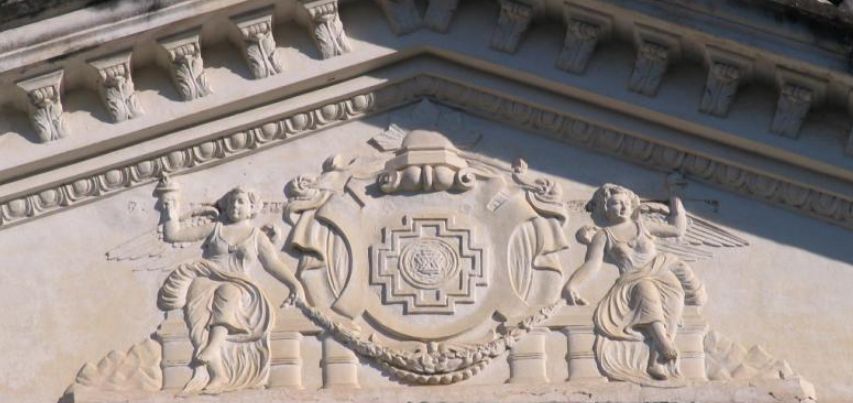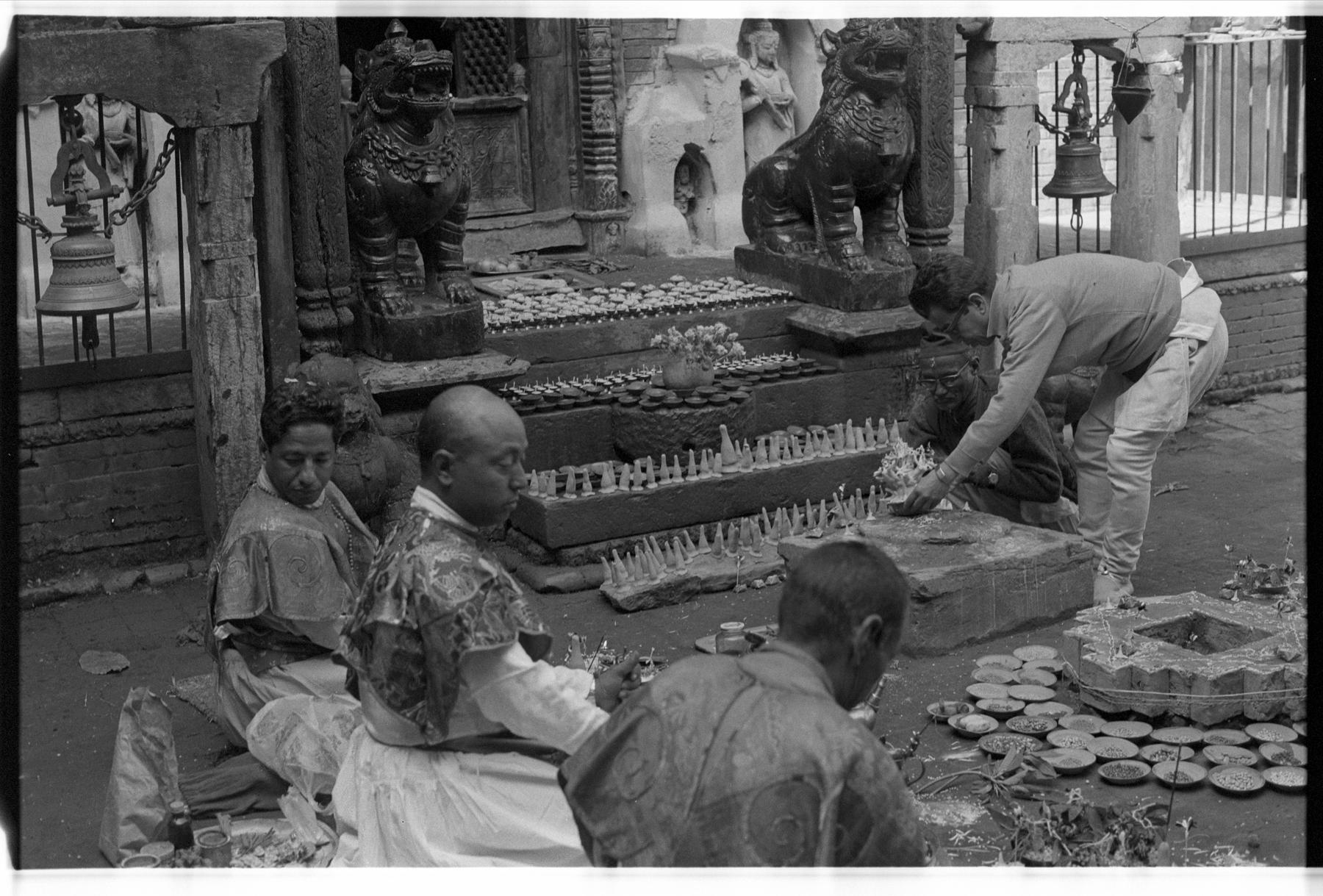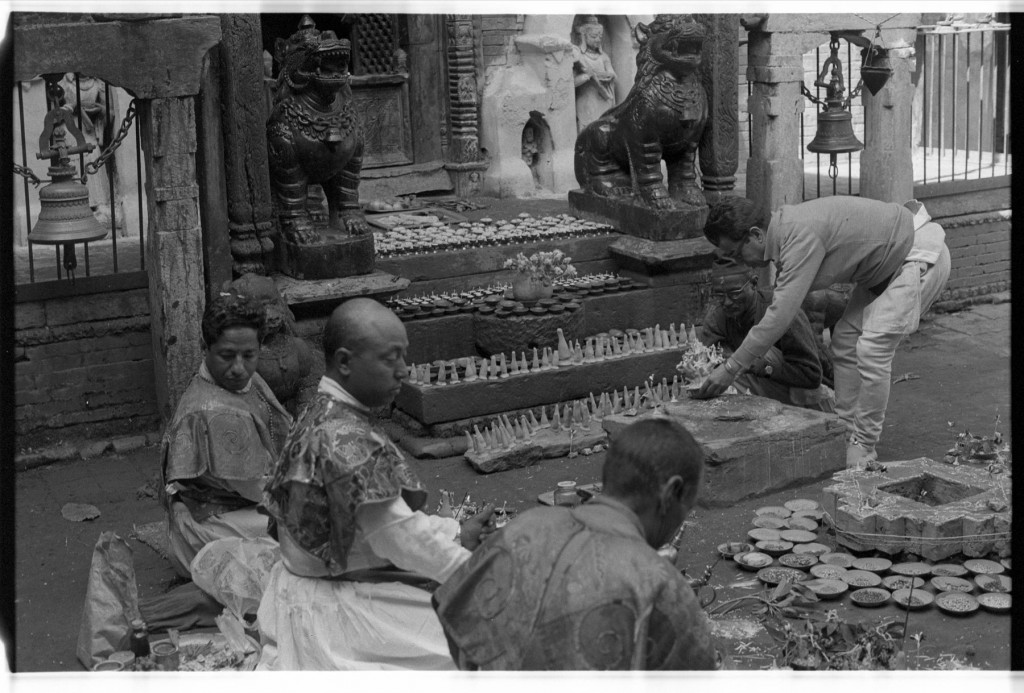佐久間 留理子 『インド密教の観自在研究』 山喜房佛書林 10.5.2011 A5 17,000円
Sakuma, Ruriko. Indo Mikkyō no Kanjizai Kenkyū [*Studies on Avalokiteśvara in Indian Tantric Buddhism]. Tokyo: Sankibo Busshorin, 2011. 620 pp. ISBN 978-4-7963-0015-5.
Contents (目次)
第1部
研究目的、及び、研究対象の成立背景
1)研究目的と先行研究
2)成就法の成立背景
3)観自在の展開
第1章 文献学的研究
1)研究目的と先行研究
2)『サーダナ.マーラー』のサンスクリット写本
3)バッタチャルヤ校訂本とサンスクリット写本と関係
第2章 図像学的研究
1)観自在の種類
2)聖観自在のタイプ
3)密教的聖観自在のタイプ
第3章 宗教実践方法の研究
1)成就法の構造
2)成就法における二種の映像
3)身体技法としての成就法
結論
第2部
翻訳研究
略号
1 ローカナータ(世門主)成就法
2 カサルパナ(空行)世自在成就法
3 ヴァジュラダルマ(金剛法)成就法
4 シャダクシャリー(六字)世自在成就法
5 シンハナーダ(獅子吼)世自在成就法
6 ニーラカンタ(青頸)聖観自在成就法
7 ハーラーハラ世自在成就法
8 パドマナルッテーシュヴァラ(蓮華舞自在)成就法
9 ハリハリハリヴァーハナ生起成就法
10 トラーイロークヤヴァシャンカラ(三界制御)世自在成就法、及び、トラーイロークヤヴァシャンカラ(三界制御)の教えのブグマ世自在成就法
11 ラクタ(赤)世自在成就法
12 ローケーシュヴァラ(世自在)敬愛儀軌
13 マーヤージャーラクラマ(幻化網次第)観自在
14 供養を伴うマーシャムカの陀羅尼
15 スガティサンダルシャナ(善趣示現)世自在
16 プレータサンタルピタ世自在成就法
17 スカーヴァティー(極楽)世自在成就法
作例表
(A)聖観自在のタイプ
(A.1) ローカナータ(世門主)
(A.2) カサルパナ(空行)世自在
(A.3) ヴァジュラダルマ(金剛法)
(B)密教的観自在のタイプ
(B.1) シャダクシャリー(六字)世自在
(B.2) シンハナーダ(獅子吼)世自在
(B.3) ニーラカンタ(青頸)聖観自在
(B.4) ハーラーハラ世自在
(B.5) パドマナルッテーシュヴァラ(蓮華舞自在)
(B.6) ハリハリハリヴァーハナ世自在
(B.7) トラーイロークヤヴァシャンカラ (三界制御)世自在
(B.8) ラクタ(赤)世自在
(B.9) マーヤージャーラクラマ(幻化網)観自在
(B.10) スガティサンダルシャナ(善趣示現)世自在
(B.11) プレータサンタルピタ世自在
(B.12) スカーヴァティー(極楽)世自在
参考文献
あとがき
索引



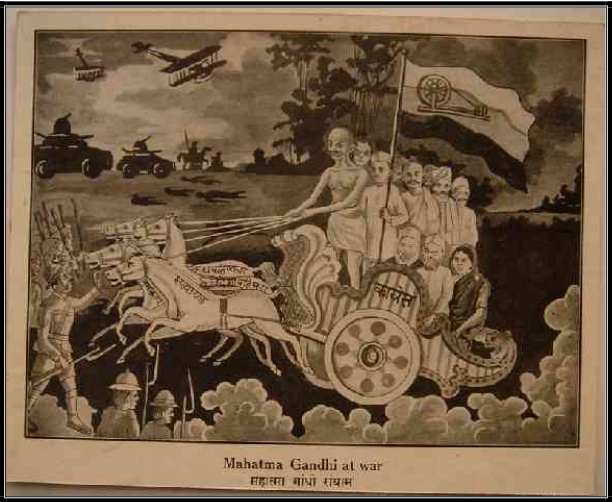
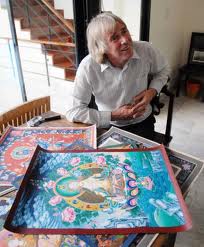

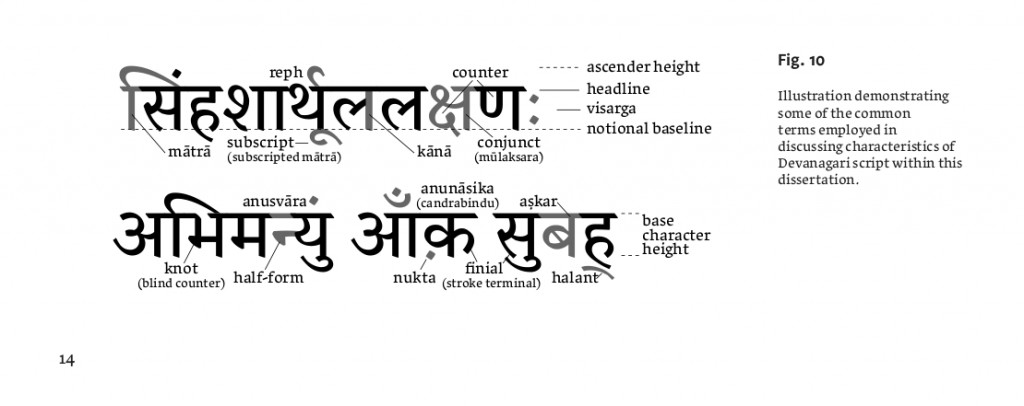
 Mori, Masahide. Indo mikkyō no girei sekai (The Rituals of Tantric Buddhism in India). Sekai Shisōsha, 2011, 340pp. ISBN 978-4-7907-1498-9. [
Mori, Masahide. Indo mikkyō no girei sekai (The Rituals of Tantric Buddhism in India). Sekai Shisōsha, 2011, 340pp. ISBN 978-4-7907-1498-9. [